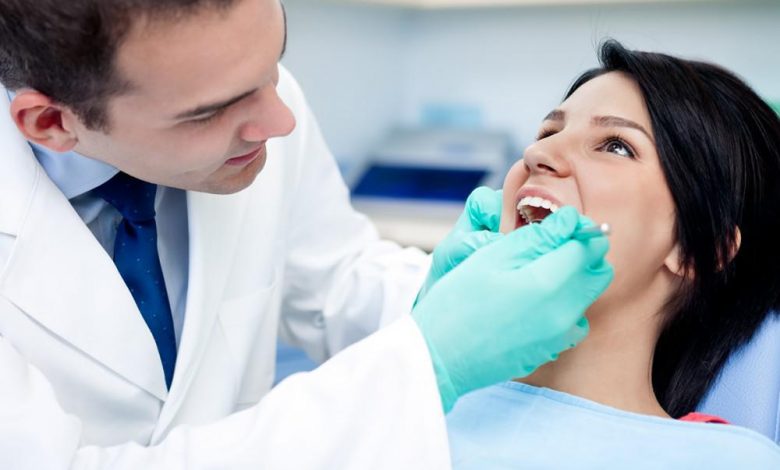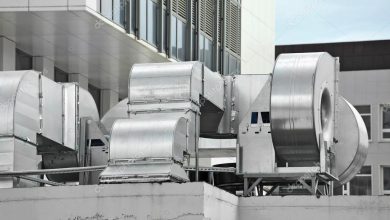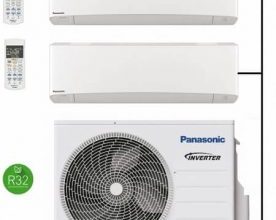What to Expect in a Dental Office Cleaning Service?

It is of paramount importance that dental offices are clean and disinfection process should be conduct on a regular basis. These professionals deal with oral health issues on a daily basis, so it makes sense to keep their work environment clean and sanitary.
You have to protect yourself from dangerous pathogens or bacteria that can find its way into your mouth during visits to your dentist. Even if you feel healthy at present, you must be cognizant of what can happen in case you develop an infection later on.
A routine dental office cleaning is required every 6 months which is considered normal, but for some offices it is not enough. Professional offices will check for any dirt build-up or discoloration that could indicate affect the patient’s health.
Below in this article we will will describe all the phases of dental office cleaning on a daily basis, for your better understanding:
The staff must work protected, so in the sterilization room it is necessary to wear: latex gloves, a hat, glasses and exclusive clothing. All the material that leaves the cabinet is transport in stainless steel trays to the sterilization room. Disposable items are deposite in biohazard containers to be dispose of by a specific company that handles these wastes.
The process begins with hand washing.
Hand Washing
Hand washing is the simplest and most effective method of stopping the spread of infections.
Always remove rings and bracelets; nails should be short and without enamel; sleeves on clothing or uniforms must be short. Hands should be wash with ordinary soap (or alcoholic solution), even if gloves have been use. This must always be done before and after preparing the instruments.
Hand washing with soap: Technique
- Wet your hands with running water, if using liquid soap.
- Apply soap and distribute it over the entire surface of the hands and fingers
- Rub for at least 15 seconds out of the stream of running water.
- Rinse thoroughly.
- Dry completely with disposable paper.
- Turn off the tap with the paper towel.
Sanitizing Bath
The material is immerse in a perforated container where there is water with 2% glutaraldehyde (enzymatic detergent), where it remains for twenty minutes. This is a pre-wash or decontamination of the material. A minimum of 1 minute soak is helpful.
Stainless steel pan with which the instruments already used are removed and immersed in the disinfectant bath during dental office cleaning.
Ultrasound Bath
All the equipment in office is now deposited on the ultrasound equipment.
The electrical energy is transform into a high frequency sound wave, transmit to the liquid by transducers located under the tank. High-frequency sound waves are convert into mechanical vibrations.
Two types of waves are generated during dental office cleaning: high pressure and low pressure. Low pressure waves flow through the solution, causing millions of microscopic bubbles, 0.001 mm, to form on the instrument’s surface and cavities.
High pressure waves cause bubbles to expand until they become unstable and collapse. The implosion produces localized void areas that are responsible for dental office cleaning the surfaces of the objects. This process is known as cavitation. Soluble particles are dissolve in the tank solution. Insoluble dirt settles to the bottom of the tank.
Manual Wash
The process of dental office cleaning is followed by a manual wash. The person responsible for sterilization, protected with glasses. He should have a mask and gloves, proceeds with a brush to remove any debris adhering to the instruments.
Each item must be visually inspected, observing failures in the dental office cleaning process. Now the material is pass to the cleaning area and it is dry and bagged.
Packaging
In this dental office cleaning process, the instruments are packed. The packaging allows adequate protection, identification and maintenance of sterility, also facilitates transport, handling by the user, opening and transfer of sterile material with aseptic technique, allowing its safe use.
Realization of the thermo-sealed with the instruments already packed
The purpose of hermetic sealing is to maintain, after preparation, sterilization, storage and distribution, the sterility of the contents of the packages before and during the moment of use. The sealing of the package must be very safe and avoid any type of opening.
Make the seal giving the package a minimum margin of 3 cm. from the edges that allow an aseptic opening of the package.
Instruments bag with sterility test, prior to being subject to autoclave sterilization. Each bag has a witness that guarantees that the cycle has been carry out efficiently.
Sterilization (Moist Heat or Steam Sterilization)
Steam sterilization is the most common sterilization procedure in dental office cleaning, and the equipment used is called an autoclave. The mechanism of action of humid heat is by denaturation of proteins. It has the advantage of producing a rapid rise in temperature in short sterilization times and of not leaving toxic residues on the material. It is possible to eliminate all microorganisms including spores, thus avoiding infections.
Storage
Thus, with all these protocols, dental office cleaning providers maintain a safe environment that guarantees the health of patients and the quality of treatments.
As soon as the material leaves the sterilizer, the handling of the products begins, and this must always be the minimum necessary. It is important to take into account before handling packages containing sterile products:
- Let them cool before removing them from the sterilizers to avoid condensation. • Hands must be clean and dry.
- If another activity is carry out before, carry out thorough hand washing.
- Remove gloves used for another activity and wash hands.
- Transported in carts, if the volume requires it, and never supported by work clothes.
- Work clothes must be clean.
As for transportation, the materials should not be carry directly by hand to the storage furniture of the cabinets. Steel trays must be use for transport.
Biologic Control
Biological controls are currently the only means available to confirm the sterilization of the material. They help to determine the effectiveness of the sterilization process.
The autoclaves are to a weekly check. This is how the correct operation of the equipment is check.
How to do it:
For this, dental office cleaning services providers use biological indicators, which are preparations that contain a sufficient load of highly resistant microorganisms (Geobacillusstearothermophilus, Bacillus Atrophaeus and others) for sterilization and whose destruction, when subjected to a specific cycle, indicates that it has developed satisfactorily. .
Biological indicators Cultivation stove
The biological tubes are introduce into the culture stove and readings are carry out after 48 hours, in this way they guarantee the correct functioning of their autoclaves and they guarantee that the sterilization process is conduct properly.
They are design in such a way that the reading and interpretation is very easy and fast to confirm the presence or absence of viable microorganisms after the sterilization process. A biological tube is place in each autoclave, and another biological tube, which they will use as a control, is not introduce into the autoclave. The biological tube is identify by noting the autoclave number and the date on the label.
Once the full autoclave cycle is complete, the autoclave door is open and a minimum of 5 minutes of waiting is good before removing the biological indicator. Once remove from the autoclave they waited 10 minutes for it to cool. A color change from pink to brown confirms that the indicator has been expose to the steam sterilization process.
Wearing safety glasses, the vial is close, pressing the cap down. Dental office cleaning services providers hold the indicator by the cap and tap it gently on a hard surface until the culture medium moistens the strip at the bottom of the vial. It is then placed in the oven for crops.





